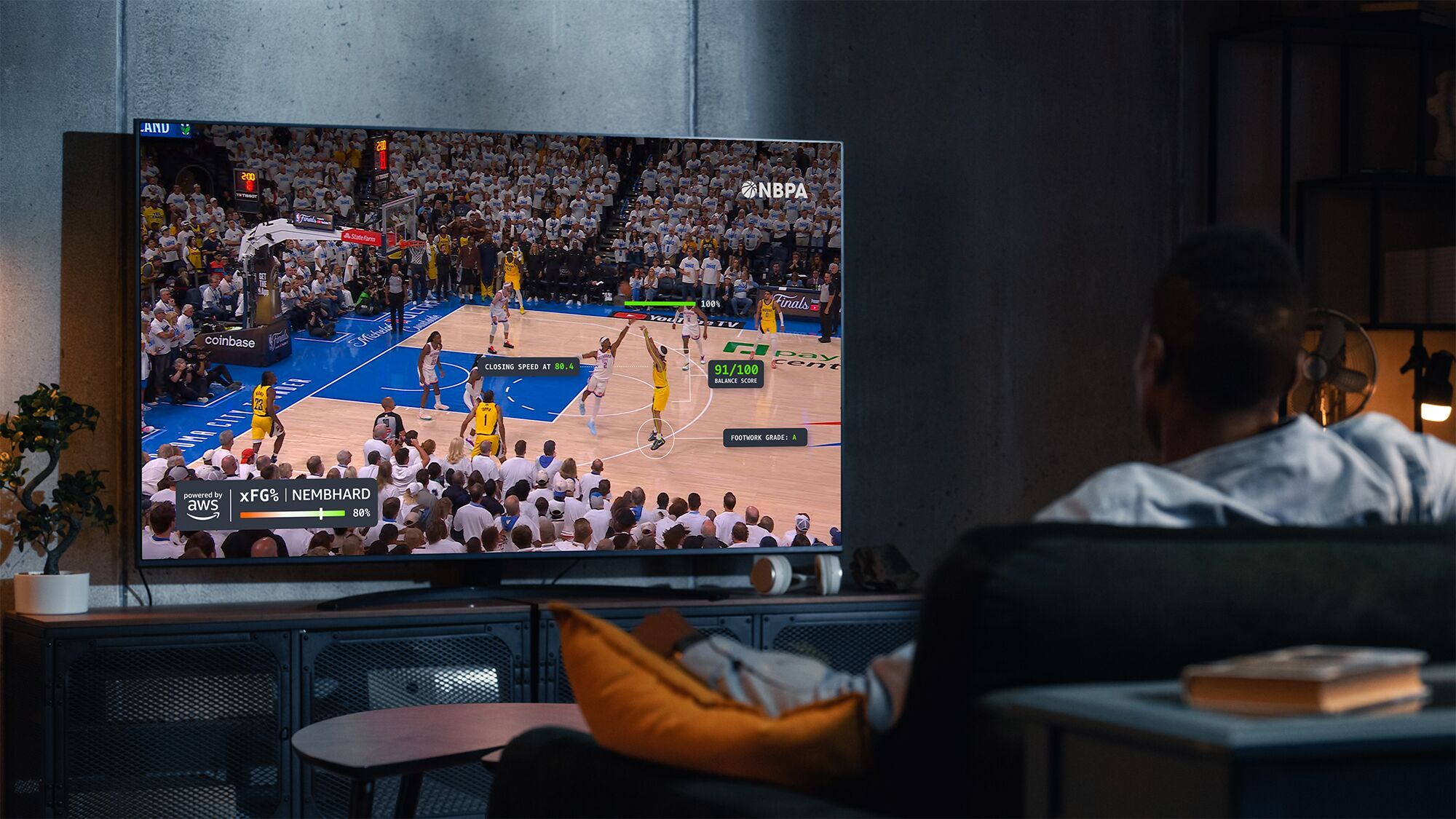Amazon is revolutionizing basketball analytics with AI that tracks 29 body parts of every player on the court. The company's new "NBA Inside the Game" platform launches this 2025-26 season, promising to quantify previously unmeasurable aspects of basketball like shot difficulty and defensive positioning. This marks a significant expansion of Amazon's sports tech footprint beyond streaming into real-time AI analytics.
Amazon just turned every NBA player into a walking data goldmine. The tech giant's new "NBA Inside the Game" platform tracks 29 different body parts of every player during live games, feeding that movement data into AI systems that promise to "capture previously unmeasured aspects of basketball." The platform launches with the 2025-26 NBA season, fundamentally changing how fans understand the game they're watching. While Amazon Web Services won't reveal exactly which body parts they're tracking or how, the implications are massive. Every shot, every defensive stance, every subtle movement that creates space on the court will now have a number attached to it. The system introduces stats that sound like they're from a video game but measure real basketball dynamics. Expected Field Goal Percentage doesn't just track whether a shot went in - it predicts the likelihood based on the shooter's body position, defender proximity, and dozens of other factors that human eyes miss. Then there's Gravity, which quantifies how individual players bend the court around them. Think about how defenders collapse when LeBron drives to the basket, or how Steph Curry's mere presence beyond the three-point line warps entire defensive schemes. Amazon's AI will put numbers on these intangible advantages for the first time. The Defensive Score Box flips traditional stats on their head by breaking down every defensive play in granular detail - not just who got the rebound, but how the positioning of all five defenders contributed to that outcome. For obsessive fans, there's Play Finder, which lets users search through NBA footage at the individual play level. Want to see every time a specific player defended a certain type of shot? The AI makes it searchable. This isn't Amazon's first rodge into sports. The company struck an 11-year, $1.8 billion media rights deal with the NBA in 2024 to stream 66 regular-season games annually on Prime Video. The first game streams October 24th. But this AI analytics push goes deeper than content - it makes AWS the "official cloud and cloud AI partner" for the NBA and WNBA. The move puts in direct competition with Sony's Hawk-Eye system, which dominates sports analytics across the , , and tennis circuits. Hawk-Eye's computer vision has been tracking balls and players for years, but approach appears more comprehensive - 29 body parts per player suggests a level of granular tracking that goes well beyond ball trajectory. The timing isn't coincidental. Sports betting has exploded, creating massive demand for granular, real-time data. Player prop bets - wagering on individual statistics rather than game outcomes - now represent billions in annual handle. new metrics could feed directly into that ecosystem. But there are questions about privacy and player consent that hasn't addressed. Tracking 29 body parts of professional athletes during live broadcasts raises obvious concerns about how that biometric data gets stored, analyzed, and potentially monetized beyond the immediate game context. The technology also highlights how AI is reshaping sports consumption. Younger fans, raised on video games with precise statistics for every action, expect that same granularity from real sports. system delivers on that expectation while potentially creating new forms of fandom around previously invisible aspects of basketball. The platform launches across NBA broadcasts, the official NBA app, and NBA.com, meaning fans won't need to pay extra for Prime Video to access the new stats. That broad distribution suggests sees this as a long-term brand play rather than an immediate revenue driver.












